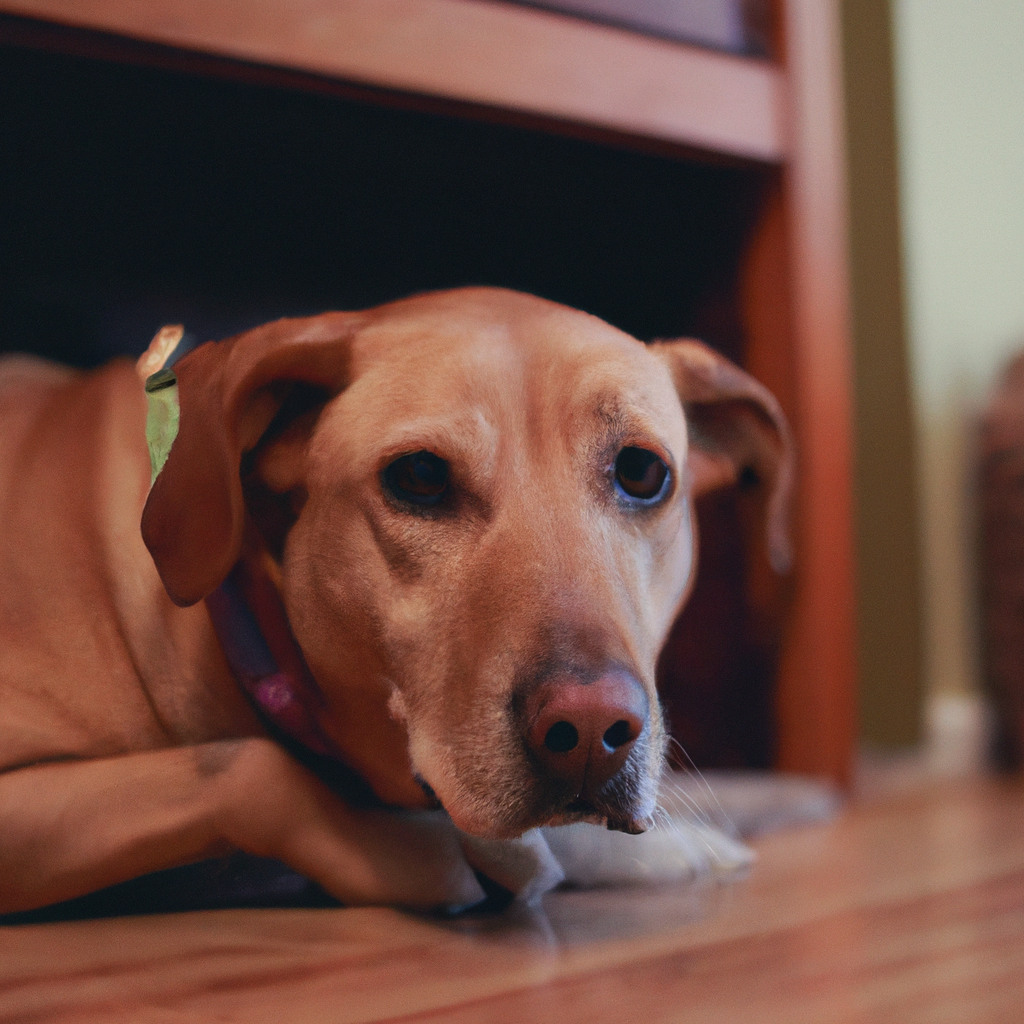**Dog Flea Prevention: Top Tips for a Happy, Itch-Free Pup!**

As a responsible pet owner, ensuring the health and comfort of your furry friend is a top priority. One of the most common issues that dogs face is flea infestation, which can lead to serious discomfort and health problems. Dog flea prevention is essential to keep your pup happy, itch-free, and healthy. In this article, we’ll explore effective strategies for preventing fleas and maintaining your dog’s well-being.
**Understanding Fleas and Their Impact**
Fleas are tiny, wingless insects that feed on the blood of animals, including dogs. They can jump great distances, making it easy for them to move from host to host. Fleas can cause itching, skin irritation, and allergic reactions in dogs. In severe cases, they can lead to anemia or transmit diseases and parasites like tapeworms.
**H2: Why Dog Flea Prevention is Crucial**
Effective dog flea prevention is crucial for several reasons:
– **Comfort and Health**: Fleas cause intense itching and discomfort, leading to scratching, skin infections, and hair loss.
– **Disease Prevention**: Fleas are carriers of various diseases and parasites that can affect both dogs and humans.
– **Prevention of Infestations**: Once fleas invade your home, they can be challenging to eradicate. Prevention is the key to avoiding a larger problem.
**H2: Top Tips for Dog Flea Prevention**
**H3: Regular Grooming**
One of the simplest yet most effective dog flea prevention methods is regular grooming. Brushing your dog’s coat helps remove any fleas or flea eggs and keeps their fur healthy and clean. Consider using a flea comb, which is specifically designed to catch fleas and their eggs.
**H3: Use Flea Preventative Products**
There are numerous flea preventative products available, including:
– **Topical Treatments**: These are applied directly to the dog’s skin, usually on the back of the neck, and provide protection for up to a month.
– **Oral Medications**: These are ingested by the dog and can provide up to three months of protection.
– **Flea Collars**: These release chemicals that repel fleas and can last for several months.
– **Shampoos and Sprays**: These products can kill fleas on contact but may need to be used frequently.
Consult your veterinarian to determine the most suitable product for your dog, considering factors such as age, health, and lifestyle.
**H3: Maintain a Clean Environment**
Fleas thrive in warm, humid environments, so keeping your home clean is a vital part of dog flea prevention. Here are some tips:
– **Vacuum Regularly**: Vacuum carpets, rugs, and upholstery to remove fleas and their eggs. Pay special attention to areas where your dog spends time.
– **Wash Bedding**: Wash your dog’s bedding and any removable covers in hot water weekly to kill fleas and their larvae.
– **Treat the Yard**: Fleas can live in outdoor environments, so treat your yard with pet-safe insecticides or natural alternatives like diatomaceous earth.
**H3: Monitor Your Dog’s Health**
Regular check-ups with your veterinarian can help detect flea infestations early and prevent them from worsening. Keep an eye out for signs of fleas, such as excessive scratching, biting, or visible fleas and flea dirt in your dog’s coat.
**H3: Use Natural Remedies**
If you prefer a more natural approach to dog flea prevention, there are several options available:
– **Apple Cider Vinegar**: Adding a small amount of apple cider vinegar to your dog’s water can make their skin less appealing to fleas.
– **Essential Oils**: Certain essential oils, such as lavender, eucalyptus, and cedarwood, can repel fleas. Dilute the oils in water and spray on your dog’s coat, but be cautious as some dogs can be sensitive to essential oils.
– **Diatomaceous Earth**: This natural powder can be sprinkled in areas where fleas are likely to hide. It dehydrates and kills fleas without harming pets or humans.
**H2: The Importance of Consistency in Dog Flea Prevention**
Consistency is key when it comes to dog flea prevention. Fleas can reproduce rapidly, and it only takes a few fleas to start a full-blown infestation. By regularly grooming your dog, using preventative products, and maintaining a clean environment, you can significantly reduce the risk of fleas.
**H2: Conclusion**
Dog flea prevention is an essential aspect of responsible pet ownership. By following these top tips, you can ensure your pup remains healthy, comfortable, and itch-free. Remember, prevention is always better than cure, and with consistent effort, you can keep those pesky fleas at bay. Your dog will thank you with wagging tails and joyful barks!
By adopting these strategies, you not only protect your dog but also create a healthier environment for your entire household. Stay vigilant, stay informed, and enjoy the peace of mind that comes with a happy, flea-free pup!
Visit Saybyebugs.com
Visit Saybyebugs.com